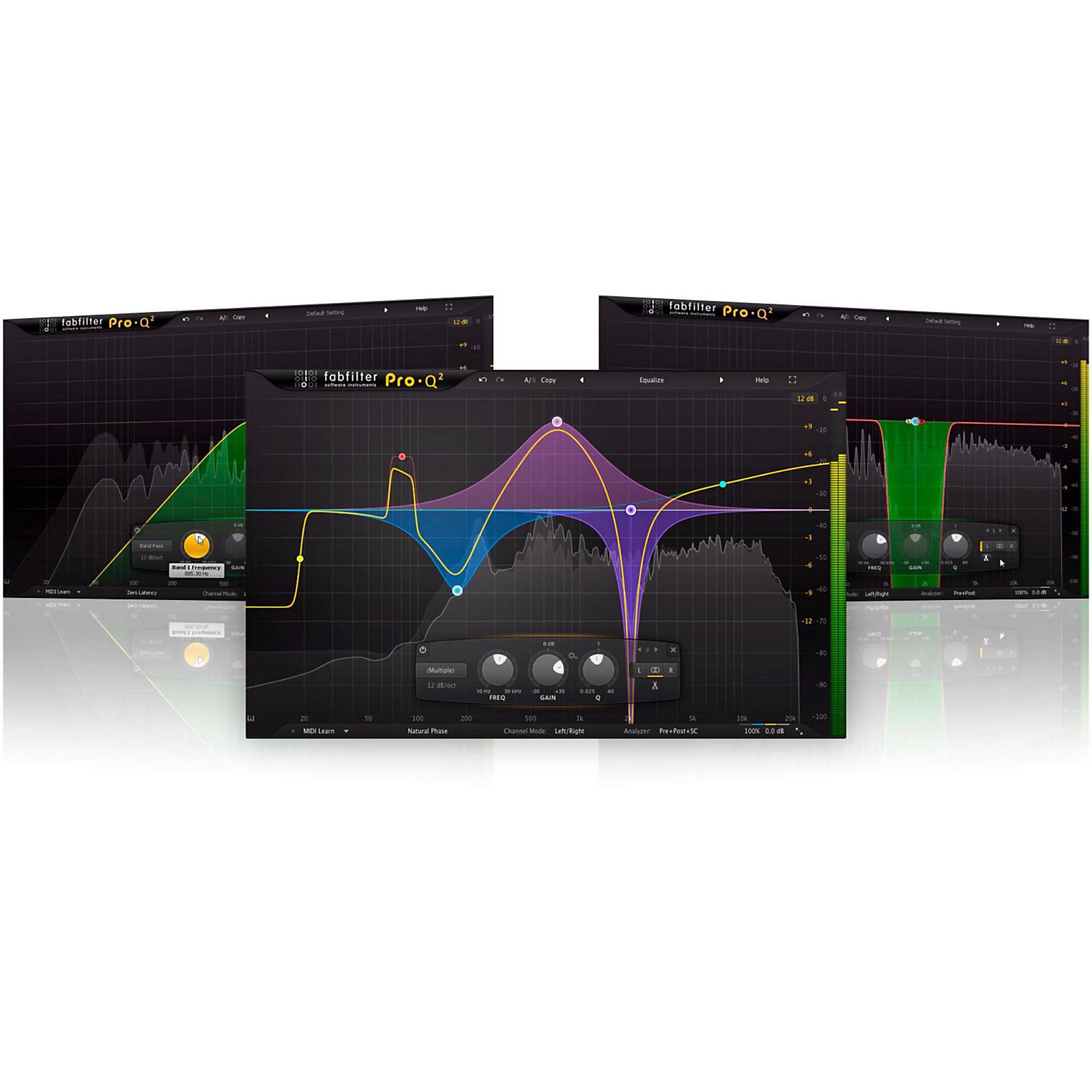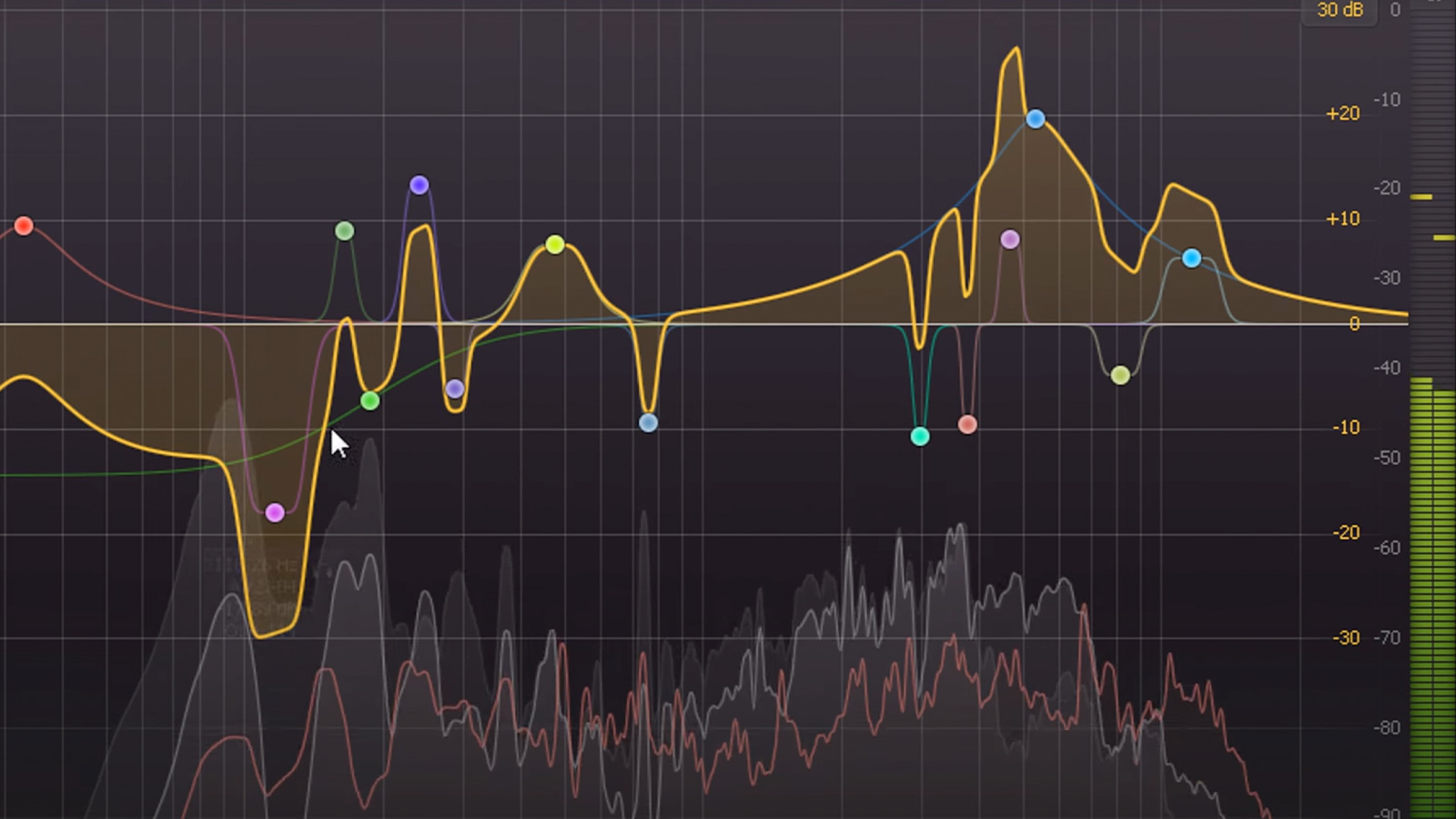
You can go higher if you want your sound to be compressed harder, but this is a good place to start.Īfter setting your Ratio, you’ll need to set the attack and release of your compressor. Unless you’re going for a rough, squashed dynamic response, we’d suggest leaving the ratio at around 3:1-6:1. To start off, we’ll set the ratio of your compressor. Compression reduces the gain interval between your loud peaks and quiet troughs, leading to a more uniform dynamic response. The sounds you didn’t hear before will become audible after compressing, so you have to stay on your toes, and keep tweaking that EQ.Ĭompression is essentially taking your sound and making it louder. So if there are any slight issues with your bass sound, bass compression is just going to make those issues much more audible, and you’ll quickly end up with a noisy and muddy low end. Essentially, it makes the quieter parts closer in loudness to the loud parts. Why do it this way? Compression by its definition alters dynamics in your audio. When you’ve finished your initial bass EQ, it’s time to compress. Experiment – that’s how you’ll get the best results. The trick is locating the correct fundamental, and never sticking to one way to do something. A bass guitar is not a sub, it’s a low mid instrument, so you should be working with it differently. For bass guitar in particular, we suggest easing off the low end a little more. This advice isn’t applicable solely to synth bass and subs, all of this can also be applied to bass guitar too, as well as any other low-end instrument. FabFilter’s Pro-Q 3 even has a mode that will point out all the main resonant frequencies to you automatically. Using an EQ plugin with a spectrum visualizer can be a big help.

If you only have an EQ, removing resonances is all dependent on your ears.

While some tools like Soothe 2 and Gullfoss are incredible at improving the resonant quality of your sound, they can be quite expensive. Resonance can be a big issue when mixing a great bass sound. To do a perfect Low-Cut or any other precise EQ adjustments, we suggest the Fab Filter Pro-Q 3 due to its sheer precision and transparency. This leads to a muddy low end, and just having the frequencies there, will make your entire mix sound too bass heavy.

At that point, even though the speakers can’t reproduce it, they’re still trying to. There’s no reason to have all that bottom end information in your music, if the device that people will listen on can’t physically reproduce the sound. Even high end audio systems rarely go below 20Hz. While it may feel counterintuitive, a low cut is more or less guaranteed to make your bass sound tighter and more defined. To remove the low frequencies of your sound, use a low cut on your EQ, then set it around the 20-40Hz mark.

The first thing we always put on a bass sound is a low-cut. If you’re writing a bassline in the key of C, then consider that a C2 vibrates at 65Hz, which is too close to the range that you’ll be EQing out later on. You’ll want to think of what notes you’ll be using. When writing a bassline, we want it to hit a sweet spot of, as low as low possible, while not having a muddy bottom end. If you’re playing an E2, for instance, you’ve got your fundamental frequency at 82Hz, everything below that will add to the bass floor, while everything above will add to the body and thickness of your sound. Most audio systems don’t reproduce much information below 20Hz, so everything below this threshold adds to the muddiness of the sound, while throwing your mix out of balance. Usually notes from E1 to A#1 (where middle C is C3) sound the best with bass heavy instruments. Some fundamental frequencies will sound better in context than others. Have you ever noticed that some notes feel better with your bass sounds, than others? This happens due to something we call fundamental frequency.


 0 kommentar(er)
0 kommentar(er)
